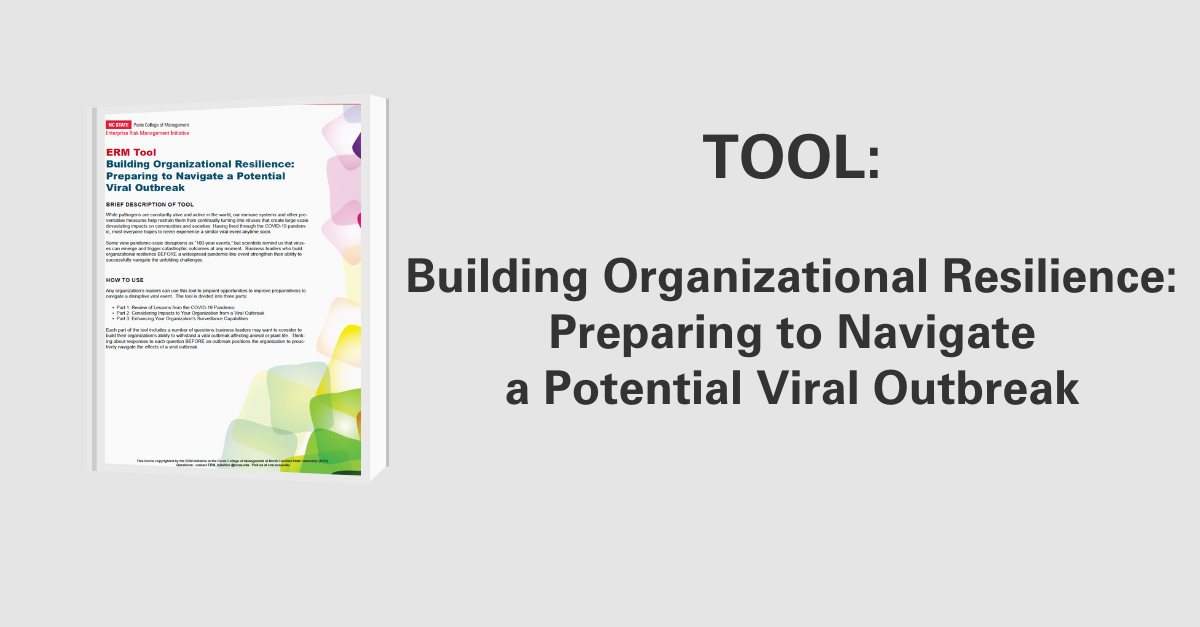Managing Risks of Innovation
Conventional Innovation Practices
Organizations sometimes have a tendency to implement a methodology that was once successful for an innovation project in one market, erroneously for larger-scaled projects that cross borders and markets. This is done, generally, at the expense of benefits that were derived from having a concentrated innovation focus. The assumption that the same innovation strategy will work for every innovation project—from single location to global—undermines the complexity and scope of a company’s communication resources and knowledge capital. The authors argue that after a rigorous research project, they have found guidelines to better manage risks associated with vast innovation projects.
Research
The authors of a Harvard Business Review article spent over a decade collecting data from field research involving 47 companies worldwide. Among these companies are some prominent names including Citibank, HP, Intel, Samsung, and Siemens to name a few. Additionally, the authors ,Keeley Wilson and Yves Doz, joined forces with Booz & Company to survey 186 companies globally, that in aggregate had innovation project expenditure outlays of over $78 billion. Therefore, using the cliché they have “been there, done that” is an understatement. From this accumulated knowledge of experiences the authors share ten rules for successfully managing risks associated with global innovation projects.
Proactively Managing Risk of Multi-location Innovation Projects
Managers who use equivalent strategies for all innovation projects may erode the value of their innovation competencies in the long run, if not currently. While it may not be overwhelmingly obvious that not all of the company’s innovative potential is being captured, increasingly intensifying global competition will exemplify companies with more innovation-related exposure. Those who adopt many of the following guidelines suggested by the authors will be better equipped to utilize the upside of current and future innovation risk.
- Start innovation projects at a few locations before a full-fledged global launch.
- Provide team members with organizationally stable mindset.
- Centralize knowledge base and oversight by assigning a Senior Manager responsibility for the project.
- Build an experienced project management team in addition to a “fully engaged” senior manager.
- Establish and communicate a single site to be the project lead.
- Define the innovation product/service on the front-end, in order to develop a shared understanding among team members.
- Appropriate resources based on the capabilities of locations, not availability.
- Use collaboration to build information overlap between project locations.
- Ascertain that the use of third parties will be limited.
- Establish a form of regular interpersonal communication meetings.
Summary
These ten rules provide managers a foundation to build successful global innovation capabilities while proactively mitigating risk, especially where the company’s exposure hasn’t substantially affected core innovation strategies yet. Following these guidelines will hopefully help companies achieve higher innovation success rates and materially mitigate risk related to those successes.
Visit the Harvard Business Review to obtain the full article.
Original Source Article: “10 Rules for Managing Global Innovation,” Harvard Business Review, October 2012
- Categories:
- Types:


